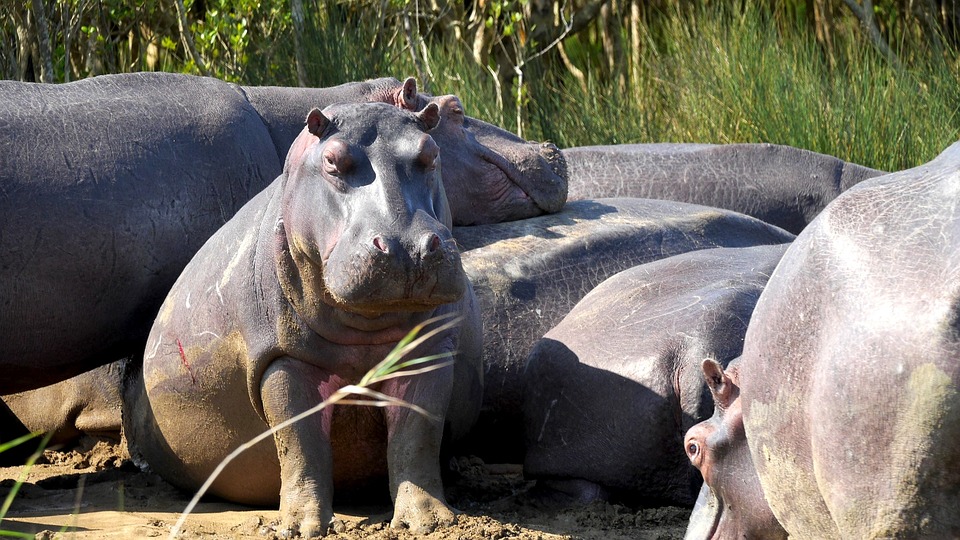The Birthday Problem: Why Your Intuition Is Wrong, According to Math
Ever gathered with a group of friends, all celebrating their birthdays on the same day? It’s a rare occurrence, right? Wrong! According to mathematicians, the chances of at least two people in a group sharing the same birthday is unexpectedly high. This phenomenon is known as the birthday problem, and it’s a fascinating case of how our intuition can be misled.
The Intuitive Problem
When we think about birthdays, we tend to assume that the probability of shared birthdays decreases as the number of people grows. After all, there are 365 (or 366 in a leap year) possible birthdays, so it seems rational to believe that the likelihood of a birthday collision decreases as the group size increases.
For example, if you’re at a birthday party with 10 friends, you might intuitively think that the chances of a shared birthday are relatively low. But, surprisingly, the probability of at least two people having the same birthday is already around 30.8%! This means that if you brought together 10 random people in the world, there’s a 3 in 10 chance that at least one pair would share a birthday.
The Mathematician’s Solution
So, what’s going on here? Where does this counterintuitive calculation come from? The answer lies in mathematical probability theory. To calculate the likelihood of at least two people sharing the same birthday, we need to consider the concept of independent events.
Imagine drawing numbers from a hat, one at a time. Each number represents a person’s birthday (ignoring leap years for simplicity). The probability of drawing a specific number (and thus a specific birthday) is 1/365. Since each draw is an independent event, we can multiply the probabilities together for each person in the group.
Now, here’s the crucial part: we don’t care about the specific birthdays; we only care about whether at least two birthdays are the same. This means we don’t need to worry about the order or sequence of birthdays. We can simply ignore the first birthday and focus on the next person’s birthday. If this person’s birthday is different from the previous one, we’re done. If they share the same birthday, we simply move on to the next person.
By applying this logic, mathematicians have discovered that the probability of at least two people sharing the same birthday is surprisingly low – around 50.6% – for a group of 60 people! This means that if you have a group of 60 random people, you would expect at least two people to have the same birthday more than half of the time.
The Birthday Problem Revealed
So, what do these calculations mean for our birthday-intuition? It turns out that our initial assumption – the probability of shared birthdays decreases as the group size increases – is incorrect. As the group size grows, the probability of shared birthdays actually increases, albeit slowly, until it reaches a peak somewhere around 60 people.
This phenomenon highlights the importance of mathematical rigor over intuition. Our brains are prone to making mistakes when dealing with statistical concepts, and the birthday problem serves as a fascinating example of how our subconscious biases can lead us astray.
Image:
[Insert an image of people with different birthdays, with arrows connecting pairs of people with matching birthdays. The image should convey the idea that at least two people in a large group are likely to share the same birthday, despite our initial intuition.]
FAQs:
Q: What does it mean if I have a group of, say, 20 people, and it turns out that no one shares a birthday?
A: This is actually a lot more likely than you might think, around 70.6%! The reason is that the probability of no shared birthdays doesn’t decrease as rapidly as you’d expect.
Q: Can I apply this theory to other types of events, like hair colors or favorite foods?
A: Generally, yes! The birthday problem follows the same principles as other independent, equally likely events. However, results may vary depending on the specific event, distribution, and group size.
Q: Would the results change if we introduced more birthdays (e.g., leap years, non-Gregorian calendars)?
A: Yes, the additional birthdays would increase the overall probability of at least two people sharing a birthday.
The birthday problem is a captivating case study in the power of mathematical understanding. By embracing the counterintuitive consequences of probability theory, we can gain a deeper appreciation for the intricate workings of chance. And who knows? You might even increase your chances of finding a shared birthday at your next gathering!



